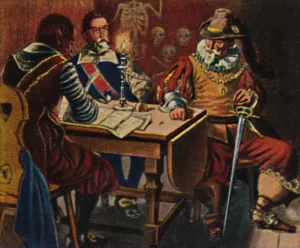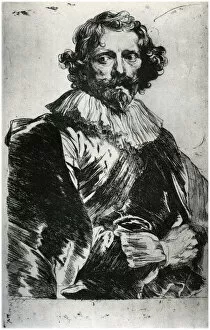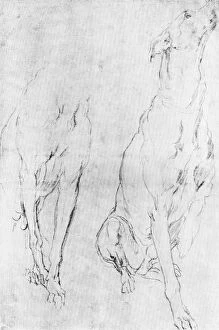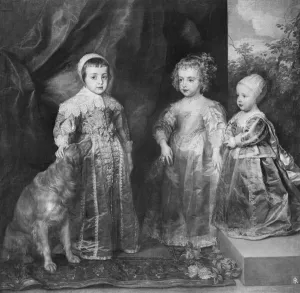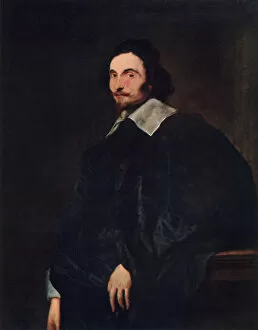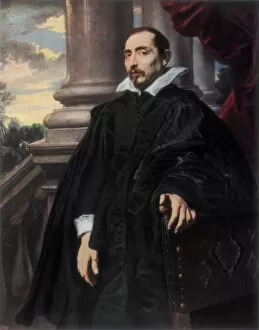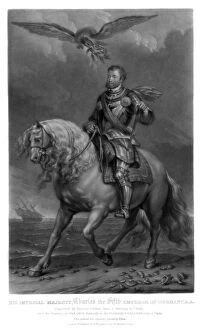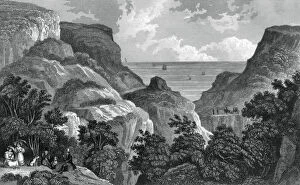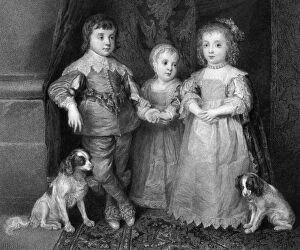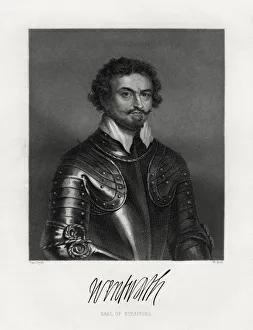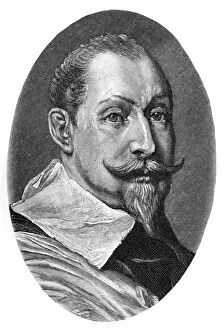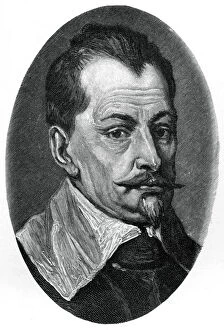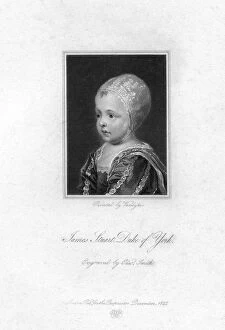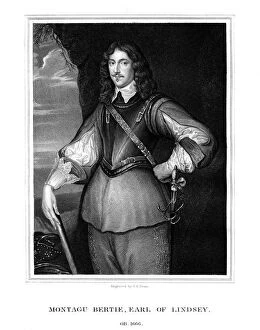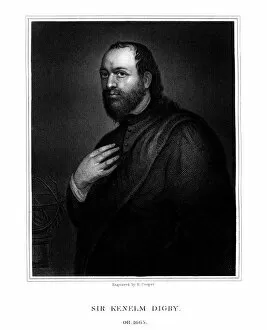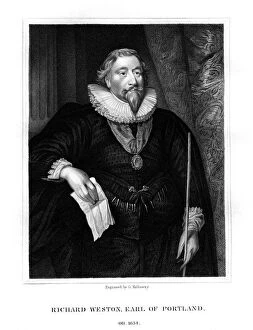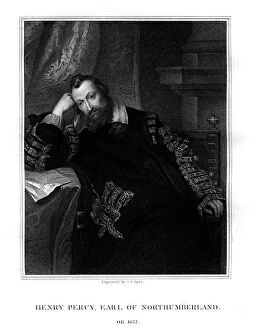Dyke Collection (page 5)
"Dyke: A Journey Through History, Culture, and Nature" Embark on a captivating journey as we explore the multifaceted world of "dyke
All Professionally Made to Order for Quick Shipping
"Dyke: A Journey Through History, Culture, and Nature" Embark on a captivating journey as we explore the multifaceted world of "dyke. " From its origins in the 19th century canal plans to its modern-day associations with music and fortune-telling, this term encompasses a diverse range of intriguing subjects. One notable reference to "dyke" takes us back to 1815 when W. And J. Fairbank unveiled their visionary plan for a canal stretching from Sheffield to Tinsley. This ambitious project aimed to connect communities and facilitate trade, leaving an indelible mark on Yorkshire's industrial landscape. Speaking of Yorkshire, the renowned Black Dyke Mills Band has enthralled audiences worldwide with their mesmerizing musical performances. Their harmonious melodies resonate through time, showcasing the power of creativity and passion. Intriguingly, our exploration also leads us to Gypsy Lee - a fascinating figure known as the fortune teller extraordinaire. With her enigmatic aura and mystical insights into destiny's tapestry, she captivates those seeking guidance along life's winding paths. Venturing further north towards Goole in Yorkshire lies Howden Dyke Ferry - an essential link connecting people across waterways. Its historical significance cannot be understated; it symbolizes unity amidst geographical boundaries while facilitating seamless travel experiences. Meanwhile, Montague Earl Lindsey stands tall as a testament to aristocratic heritage intertwined with natural beauty. This stately residence nestled within Norfolk Broads National Park offers breathtaking vistas that transport visitors into another realm altogether. Nature enthusiasts will delight in discovering Horsey Mill within Norfolk Broads National Park too. Amidst serene landscapes teeming with wildlife, this iconic windmill stands proudly as a reminder of England's rich history and commitment to preserving its natural treasures. Let us not forget Hampshire Down Sheep - gentle creatures that grace picturesque countryside scenes across Britain. These charming animals embody resilience while contributing to the agricultural heritage that has shaped rural communities.



